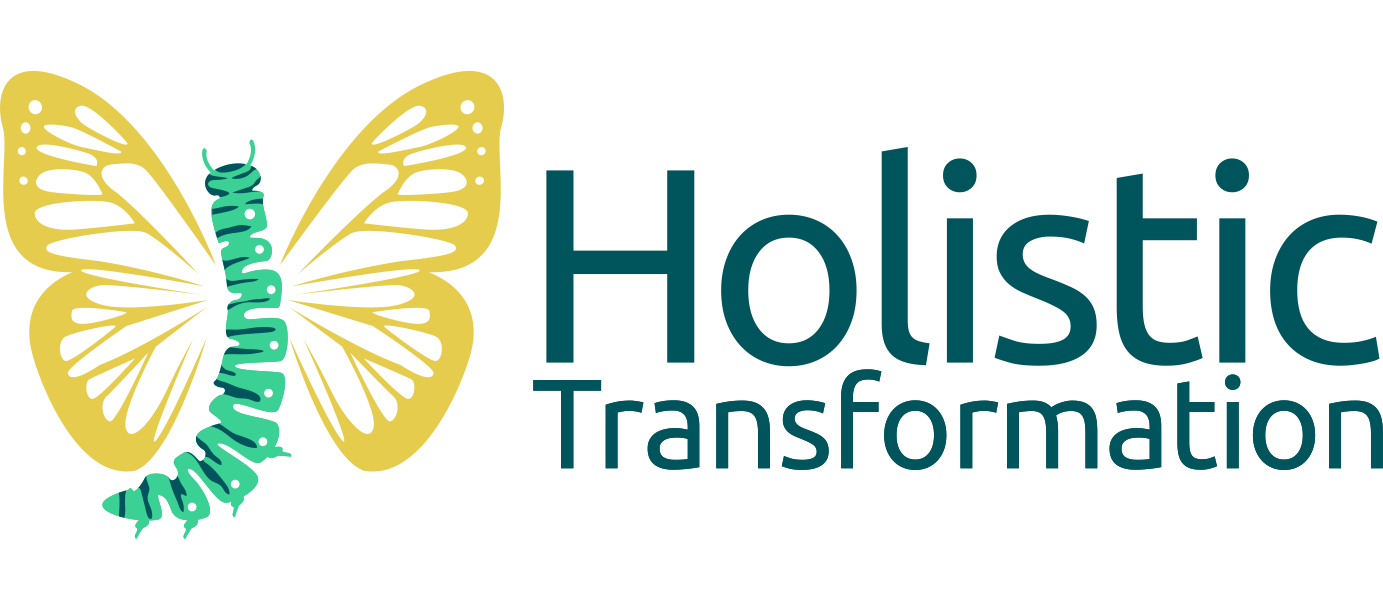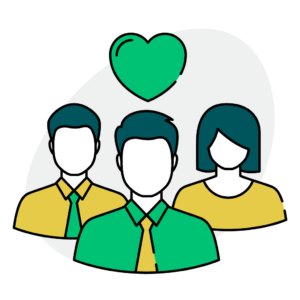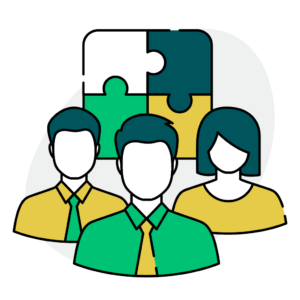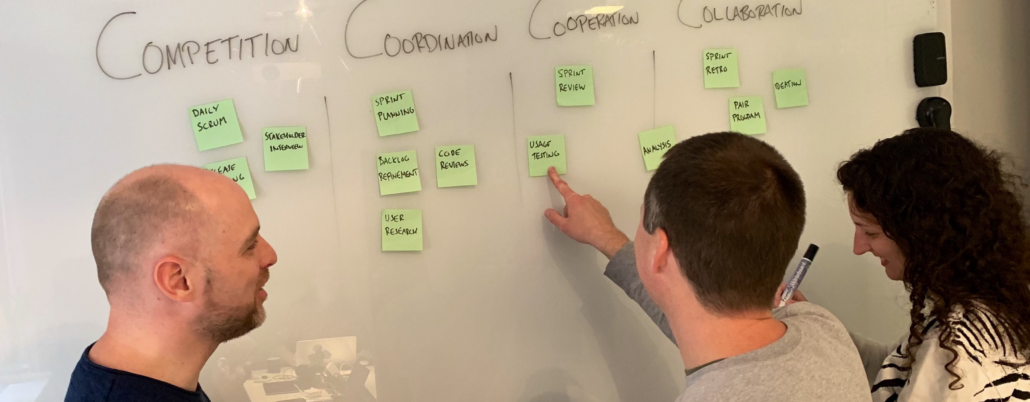Team coaching
Team Coaching is about facilitating and supporting a group of people working towards the same goal, to maximise their effectiveness and motivation.
In my experience, to create a high-performing team, things like a clear goal, clear expectations on roles and responsibilities, clear collaborative structure and strong communication culture, are key. These are things to work with regardless of how long the team have existed.
I can support the team through…
Team Development
All teams are going through a few stages in their natural team development similar to a human life (childhood, adolescence, young adults, adults, end of life). As a coach, one can both support the team in how they best act in a certain stage, but also help them evolve into the next stage. The approach is a bit different depending on the current stage.
Possible actions
- Creating a deliberate developmental enviroment to evolve with intent
- Coordination and facilitation of team structure and team culture as well as coaching for motivation for the childhood stage
- Coaching effectiveness and mediating conflicts for the adolescent stage
- Servant leadership and coaching efficiency for the young adult stage
- Supporting and mentoring for the adult stage
Team Culture
The team culture is made up of the values, beliefs, attitudes and behaviours shared by a team. A toxic culture will lower the performance to a minimum in no time.
Possible actions
- Facilitate common values workshop
- Facilitate psychological safety workshop
- Facilitate feedback workshop
- Continuous culture follow-ups
Team Structure
The team structure entails both the composition of the team, their way of working and their artefacts that supports the previous two.
Possible actions
- Advice hiring manager in team composition (e.g. for a strong collaborative cross-functional product-focused team)
- Facilitate role expectation and mapping sessions
- Teach modern way of working principles and methods for both discovery and delivery
- Facilitate team agreement sessions
- Help visualise and follow-up agreements and structure








